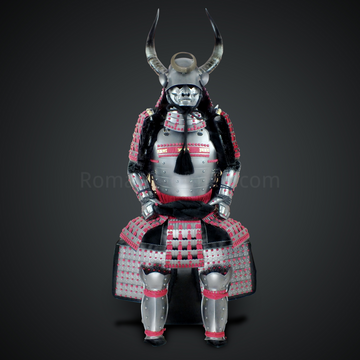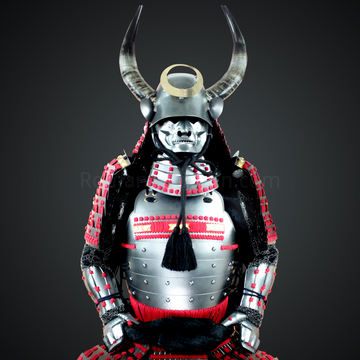Ko-Itame Hada in Japanese Katana terminology
What is Ko-Itame Hada in Japanese Katana terminology?
Ko-Itame Hada or 小板目肌 in Japanese, is a type of pattern on the surface of the ground iron (jigane) of a Japanese sword. The term ""Itame Hada"" refers to a pattern that resembles the grain of wood planks. Among the various patterns of the ground iron, Itame Hada is known as a representative pattern that appears on various swords.
The size of the ""Itame"" (grain) can be classified into ""O-Itame"" (large grain) and ""Ko-Itame"" (small grain). It is said that Ko-Itame is of higher quality than O-Itame.
Among the five traditions (Gokaden) of Japanese swordsmithing, O-Itame is often seen in the Soshu tradition, regular Itame in the Bizen tradition, and Ko-Itame appears in the Yamashiro and Mino traditions.
Furthermore, when the outer edge of the Itame Hada is loosened, and the Masame Hada (a pattern of ground iron that appears as stripes on a wooden board) can be seen, it is said that ""Masame flows in the Itame Hada"". This is mentioned as a characteristic of the Yamato tradition and the new swords (Shinto).








